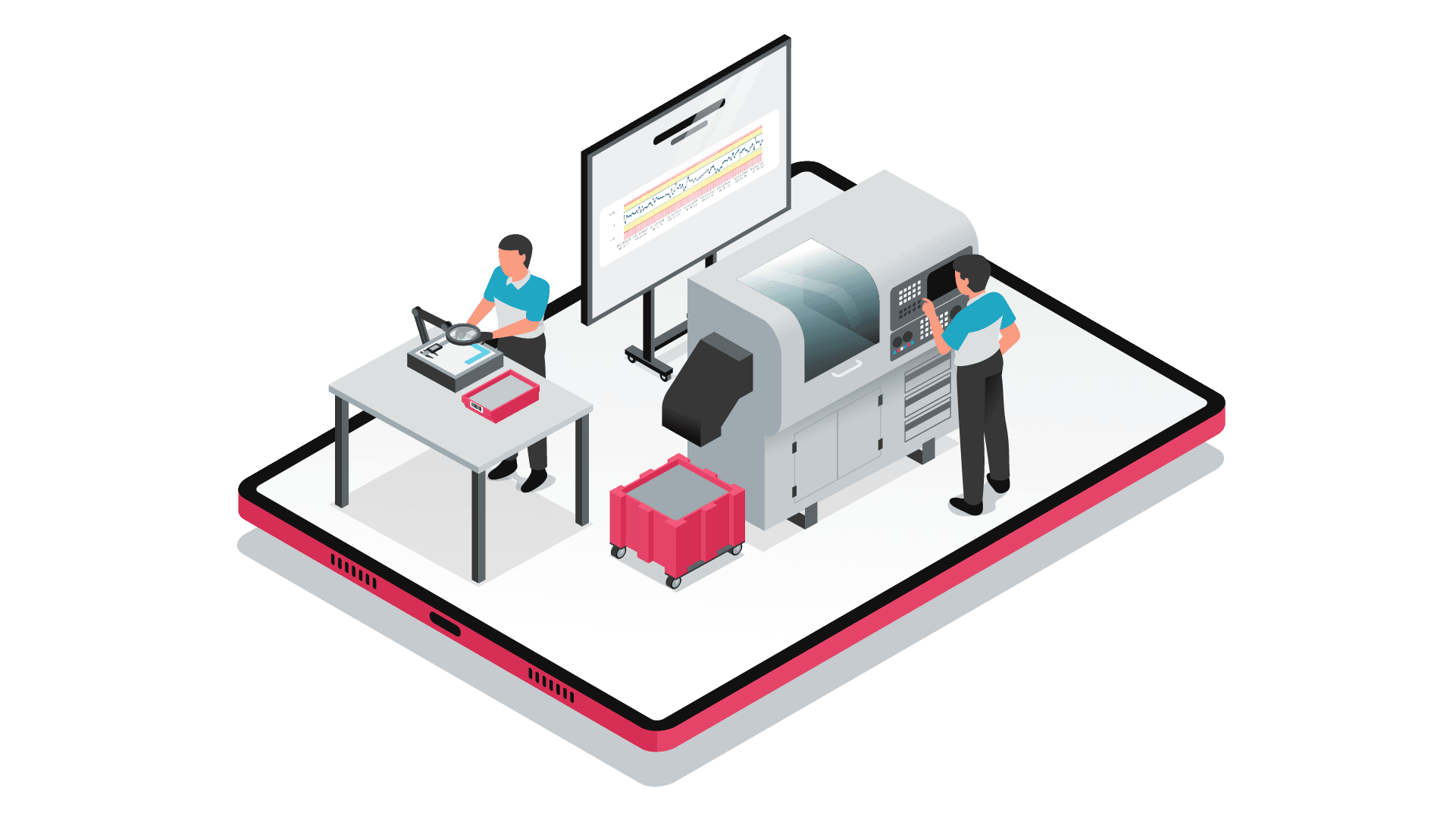6 preconceived ideas about using SPC (Statistical Process Control) software in the workplace
1. SPC is useless if machines are not modern and accurate
Some believe that the use of modern, precise machines makes SPC superfluous, forgetting that variability can come from a variety of sources, including raw materials and work methods.
2. Too complex for small businesses!
Wrong! As soon as there's production, it can be used in the company. Some software packages are very easy to deploy, and don't require a great deal of training.
3. You need to be an expert in statistics!
This is precisely the advantage of implementing SPC software on the shop floor: the statistics are transparent to the user, and the software enables indicators to be calculated and alerts to be triggered.
4. SPC eliminates quality problems!
True and false! It enables production to be monitored and alerts to be set up, thus limiting production drift, but it requires corrective action to rectify the problem. In the case of a mechanical industry, APC (Automated Process Control) automatically corrects the machine tool, the process is corrected and more accurate, and drifts are avoided.
5. SPC is just for large series!
Wrong! Once again, as soon as production is involved, the SPC makes sense. In this case, you need software that can be parameterized, and in which you can, for example, group references by part family.
6. SPC is a customer constraint, not a workshop requirement!
Wrong! It would be a pity to take it in this sense, as it may sometimes seem like a constraint to record part measurements, but you have to look beyond that! Once the measurement has been stored, it can be used in production to adjust the process. In the field of machining, APC can solve this constraint, as the part measurement can be used to correct the machine tool.


